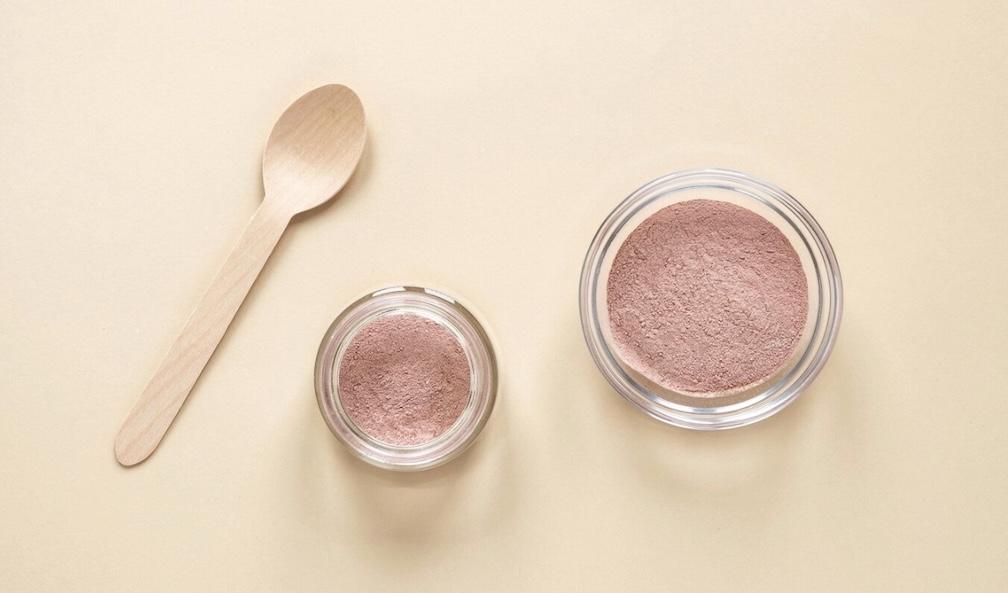12 Tips For Indoor Allergy Sufferers

According to the National Health Survey, around 19.3% of the population, or 4.6 million Australians, are affected by at least one allergic disease.
This ranges from hayfever, asthma, eczema, to anaphylaxis. If you’re one of those who get severe hay fever from pollen allergies, you’re not imagining that your immune response is getting more severe each year; as our planet heats up, we get more potent pollen during the hotter months.
This means the outdoors can be tricky to navigate. But there are also allergens indoors that we need to be mindful of. For most people, learning to live with allergies is key to minimising symptoms, and avoidance is the best line of treatment. Below, we list some tips for indoor allergy sufferers to help lessen allergens in the home.
1. See your doctor
If you’re experiencing allergy symptoms such as hay fever, hives, shortness of breath, coughing, or itching, and you think you’ve pinpointed the trigger as to why, it’s still a good idea to go to your doctor and get a referral for an allergy test. The best way to remove allergens in your home and keep you and your family safe is to know what specific materials induce an allergic reaction, and identifying triggers such as pollen, dust mites, or pet dander can go a long way in helping you prepare and allergy-proof your home to the best of your ability.
2. Create a spot for shoe removal upon entry
Shoes can get real dirty: not only tracking in mud into the home, but other known allergens. Prevent outdoor allergens from getting inside by setting up an indoor waterproof mat and shoe rack by the door. Make sure to vacuum and clean this spot frequently, especially during allergy season.
3. Remove clothes upon entry
Allergens can cling to your clothes, and in turn can be shed inside the home when you bring exposed fabrics within. This can be jackets, coats, outerwear, and even hats: try to put a hamper near the door where you can put clothes you’ve been at the park in. It’s best to separate allergen-exposed clothing until you have the time to wash it. And when you do, remember to use hot water cycles to kill allergens!
4. Choose allergen-resistant flooring
For allergy sufferers, there are really only a couple of options that will minimise allergic reactions in the home.
Wood, as a natural material, is not only resistant to dirt and grime that can cause allergies to flare up, but when maintained well, will last for years to come and add a warmth to your home that’s unreplicable. Engineered timber flooring has long been used in homes that require allergy-proofing, as when it’s properly installed and sealed with allergy-friendly coating, it does not harbour microorganisms and lessens the likelihood of mould ever occurring. This is important because mould can exacerbate allergies indoors, and can thrive in the grout of tiled flooring. Instead, going for engineered timber flooring can help give peace of mind.
5. Make sure to vacuum properly
Did you know that pushing a vacuum only positions it, and that pulling is what actually vacuums up dirt and debris from surfaces? Make sure to do push and pull motions when vacuuming to minimise allergens on the surface of your flooring.
6. Avoid wall-to-wall carpet
Dust mites can live in carpets, so try to avoid wall-to-wall carpets if you can. Use low-pile carpets if you must, or throw rugs that you can wash frequently. Drapes and blinds should be replaced with roll-down shades or washable curtains to reduce dust. Make sure to wash in hot water, and dry in a hot dryer cycle to kill dust mites.
7. Keep pets out of the bedroom
Allergic to pet dander but can’t live without your furry friend? Unfortunately, there’s no such thing as a hypoallergenic pet, so make sure to keep pets out of your bedroom to help minimise your symptoms. Close the doors to your bedrooms, and wash and change your pet’s bed and their toys as frequently as you can to remove animal dander. Wear a mask when you’re grooming your pets, too!
8. Prevent mould growth
Make sure to reduce moisture in the bathroom by using dehumidifiers. Don’t have a dehumidifier? Don’t run your showers for a long time before you jump in, fix leaks as soon as possible, and if you spot mould on a surface, clean it immediately each week to make sure it doesn’t return.
9. Choose easy to clean furnishings
Chairs, dressers, tables, and nightstands made of leather, wood, metal, or plastic are the best options for those suffering with dust allergies, as these are the easiest materials to wipe and clean of dust mites. Upholstered furniture is harder to clean, and may exacerbate sensitive noses.
10. Remove clutter
Clutter can collect dust when you’re not looking. Ornaments, books, and magazines can be sources of allergic reactions if not dusted frequently, so make sure to store items that are not necessary in closed containers. Plastic bins can be your best friend!
11. Watch out for pests
Cockroaches and mice can make people’s allergies worse. If you’ve found one or two, use traps from your local hardware store to catch them - but you may be better off hiring a professional pest exterminator to remove the root of the problem. Re-infestation can be prevented by sealing cracks and other gaps that can be entryways for further pests.
12. No smoking
Smoking can exacerbate asthma symptoms, so if you’ve got guests who smoke, remind them to leave the smokes at home.





